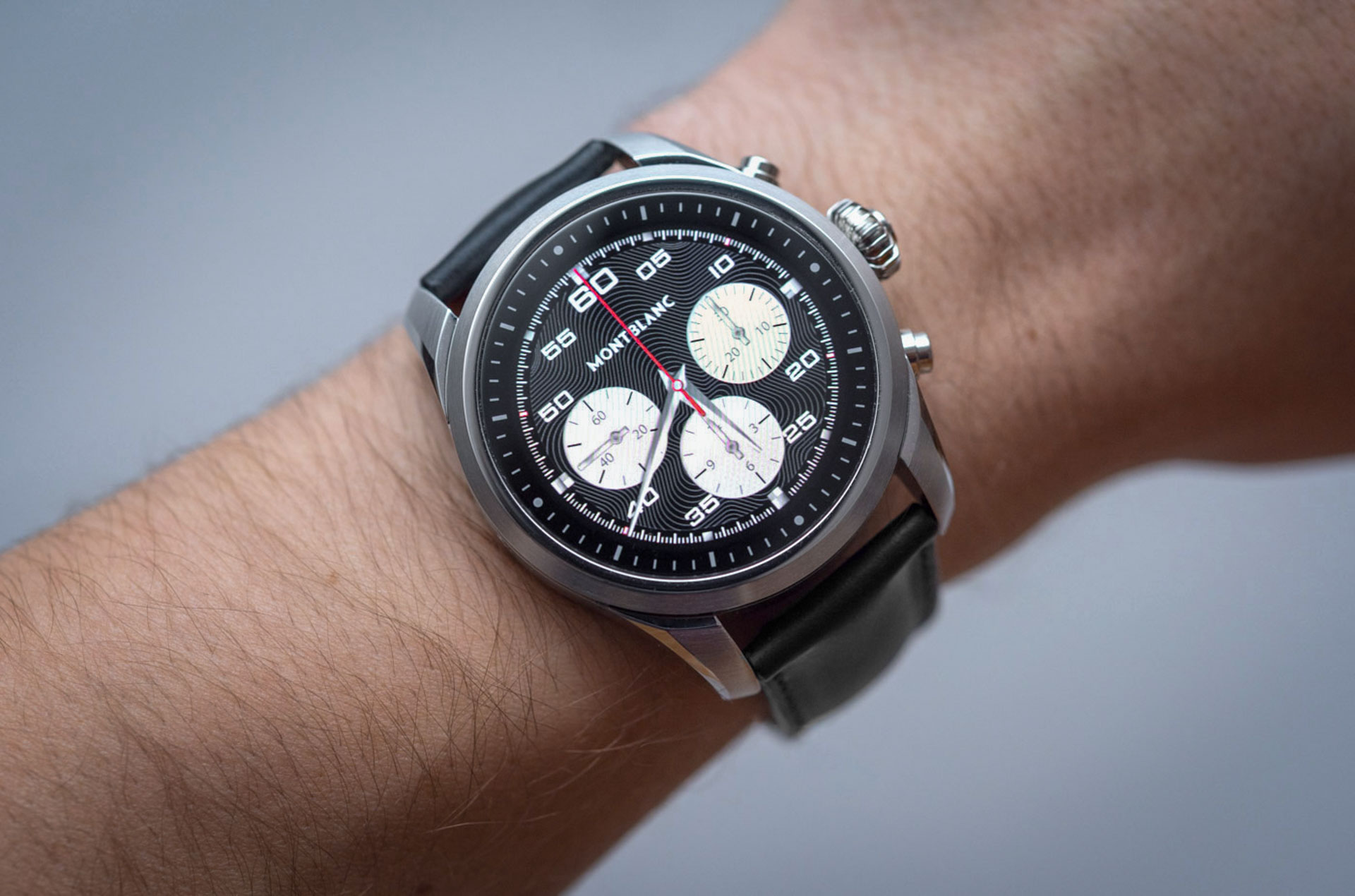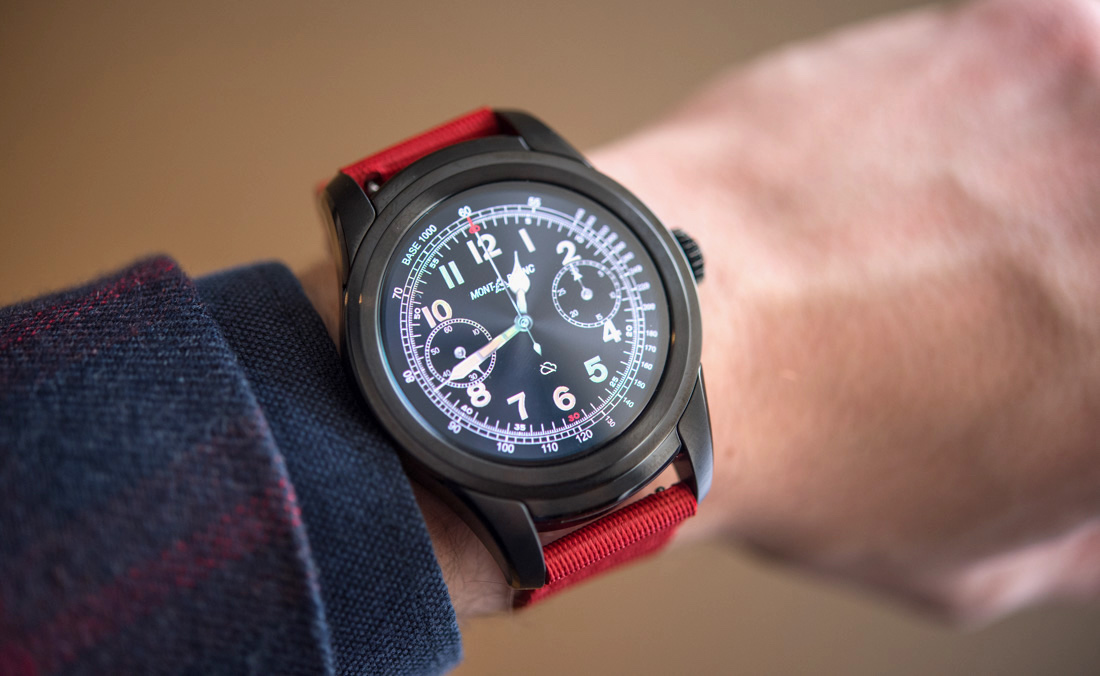
Having reviewed the Samsung Gear S3, the original Apple Watch and hands-on witnessed the first – and frankly ridiculous – Montblanc Summit… I had a sneaking suspicion that this Montblanc Summit II would be the king of them all. In other words, I sure had pretty high expectations for it when kicking off its review.
Why? Just check the specs. It obviously has all the latest tech: a vibrant and bright AMOLED screen with as many pixels per inch as an iPhone 6’s screen, the latest super-low-consumption Snapdragon processor, built-in GPS positioning and NFC payment opportunity, the newest and snappiest Android Wear, double the RAM, oh, and a host of Montblanc dials… All at a price of $995. This leads me to the point of this article: the question finally really is not whether this is a hassle-free, everyday usable smartwatch – but whether or not that price is justified.
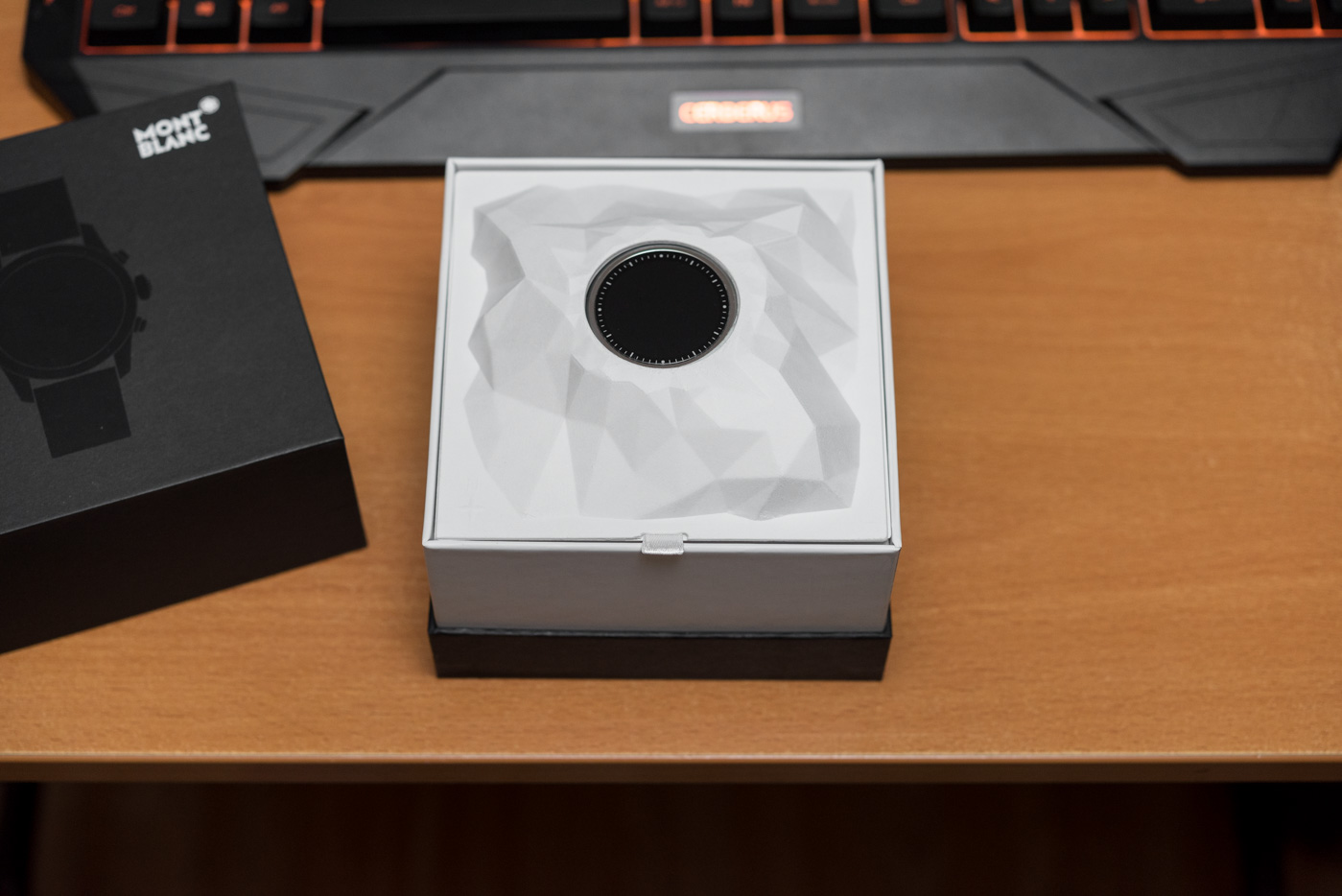
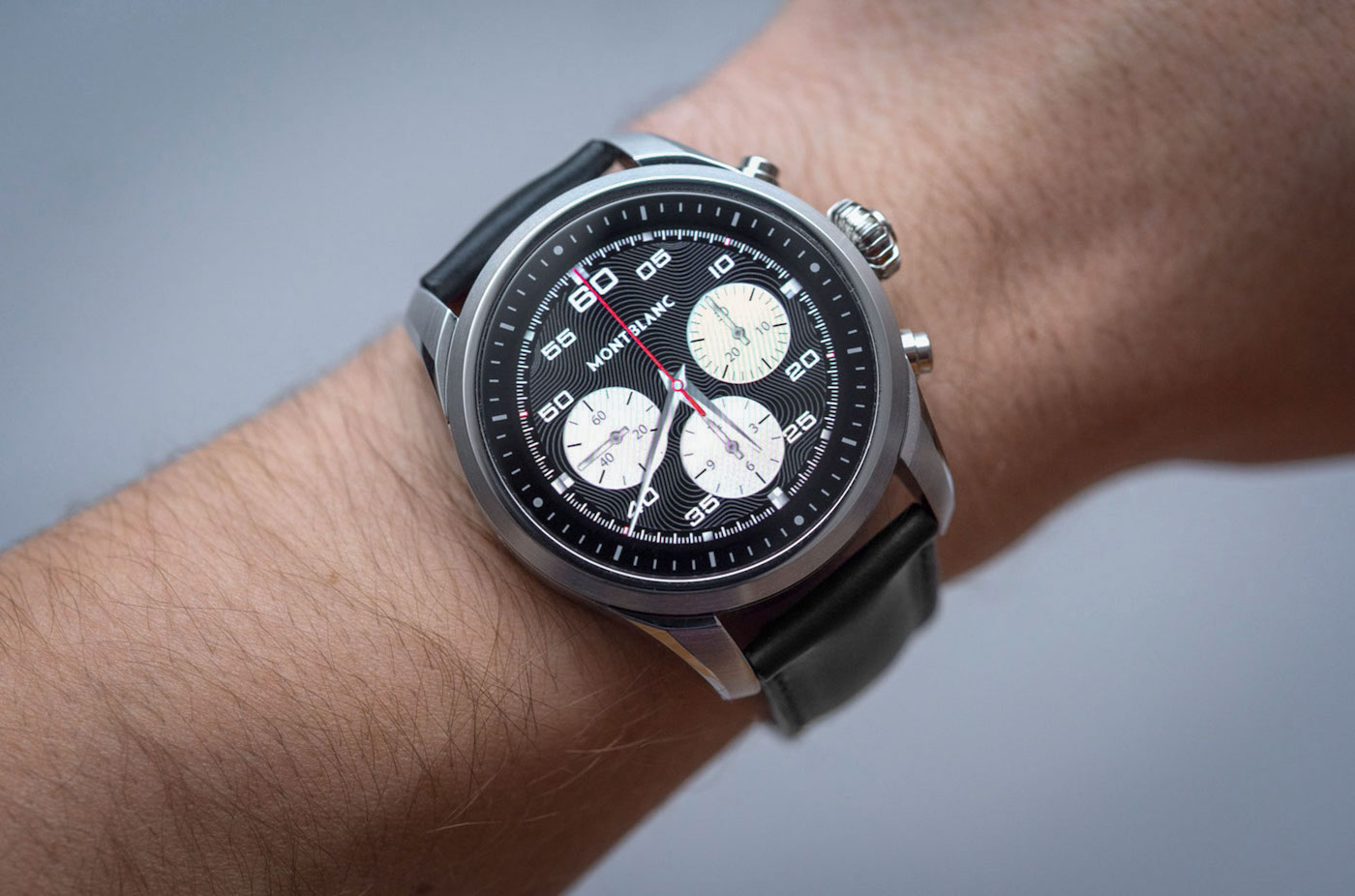
Again, why? Because the technology used in high-end smartwatches has, at last, arrived at a point where we can wave goodbye to those pressing issues that we used to rightfully associate with each and every watch that had a face made of pixels rather than lacquer and hand-applied indices. Just a few years ago smartwatches offered an à la carte selection of compromises and in case you wanted a taste of having something smart on your wrist you simply had to have picked at least a few generous portions of inconvenience – served cold.
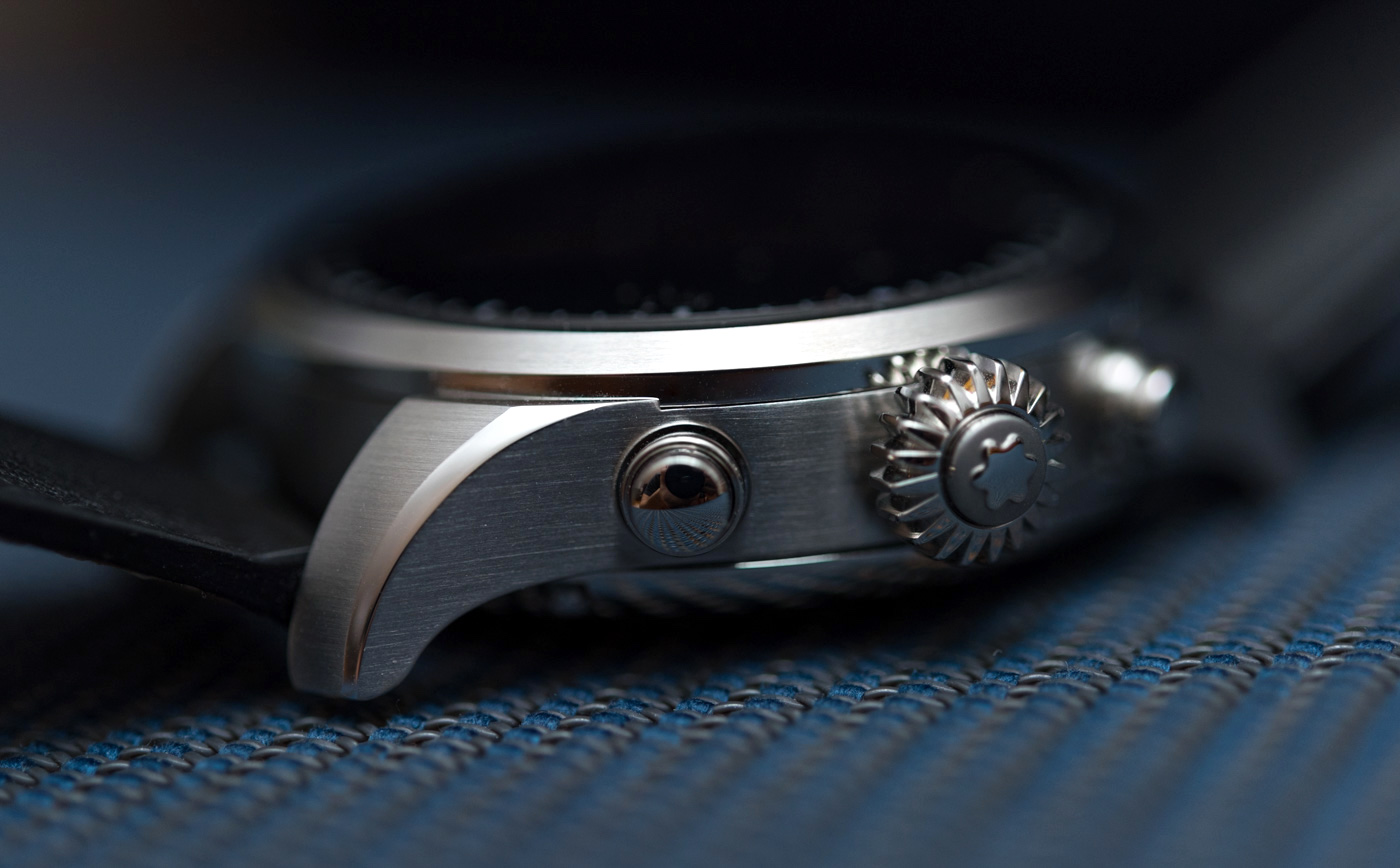
Low-resolution screens, displays that would turn black when not in use – mind you the Apple Watch Series 4 still hasn’t done away with that – short battery life, a laggy interface, poor connectivity with your phone, a bulky case, poorly made and/or poorly “patinating” exteriors… In my book, the first properly usable smartwatches were the Gear S3 and the Series 4 Apple Watch. That’s where battery life, screen brightness and sharpness, interface and connectivity performance, overall sizing and wearability all developed to a point where I didn’t feel like I had to make very serious compromises for the privilege of being able to have my shopping list and annoying messages displayed on my wrist.
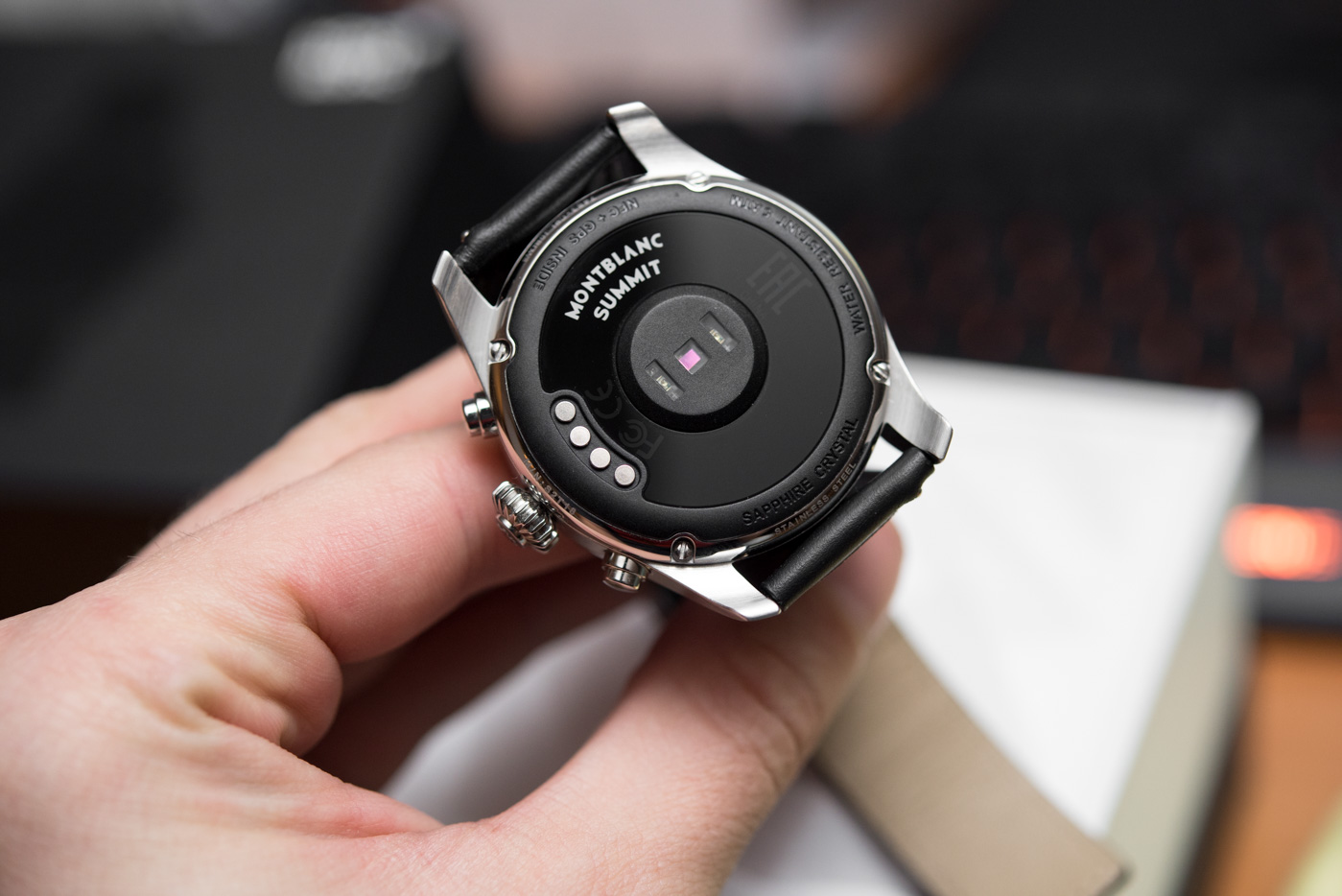
All this is to save us a super detailed a run-down on the Montblanc Summit II’s performance in all those departments: having been released just a few weeks ago and, as I said, rocking the latest and most expensive tech Montblanc’s suppliers could provide it really is on the cutting edge of what is technically possible these days; which is where it should be if it wanted to spend its time on the wrist as opposed to the bottom of a drawer, where most all smartwatches before recent have ended up. I am going to share those details where I felt there still is room for improvement, for now though, let us focus on:
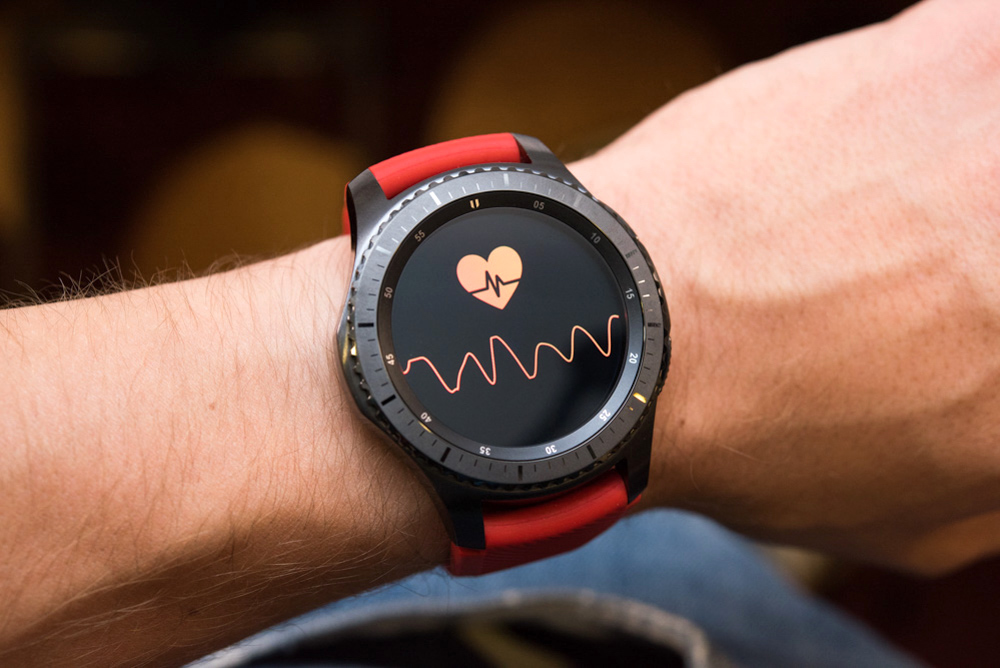
Competition
Frankly, Montblanc has to get those things right only a watchmaker can get really right if it seriously expects people to buy a smartwatch from it, rather than people’s go-to brands. Samsung, Apple, LG, Huawei, and even Fossil, these days, basically all offer watches that are at least a few hundred bucks (or more) cheaper than the Summit II. Price-wise the Summit II’s main competition is the stainless steel Apple Watch Series 4 in 44-millimeters wide in stainless steel, running from $749 (on a rubber band, mind you) all the way to a whopping $1,499 (again, in stainless steel), but on an Hermès leather strap with a proper folding clasp, making for a comparable setup to that of the Summit II.
Sure, if all you want is just the tech – meaning a sharp screen driven by a snappy processor with GPS support – nothing really beats the $429 Apple Watch Series 4, or the Samsung Galaxy Watch at $329 (though its RAM, storage and processor aren’t quite as new as that of the Summit II).
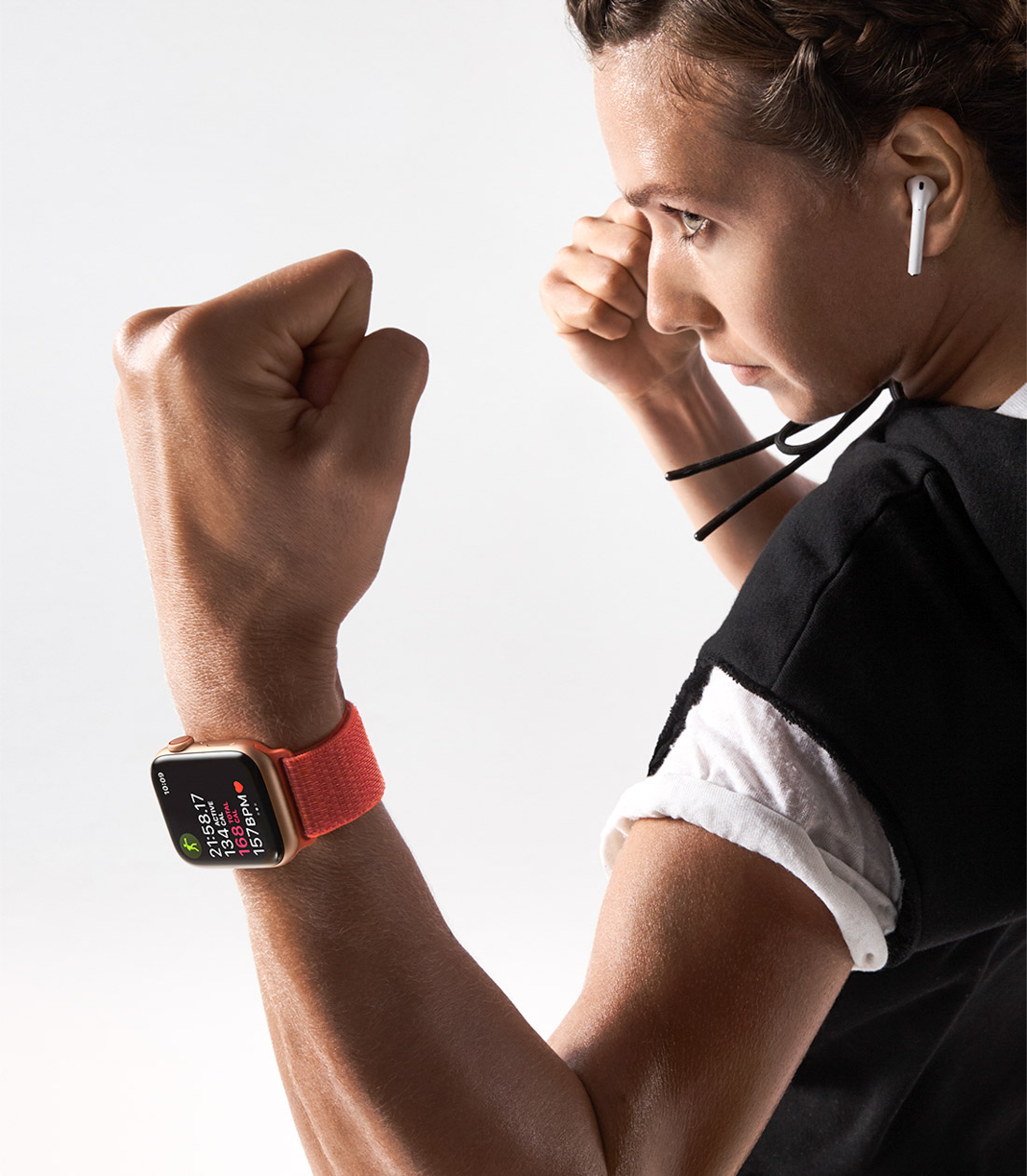
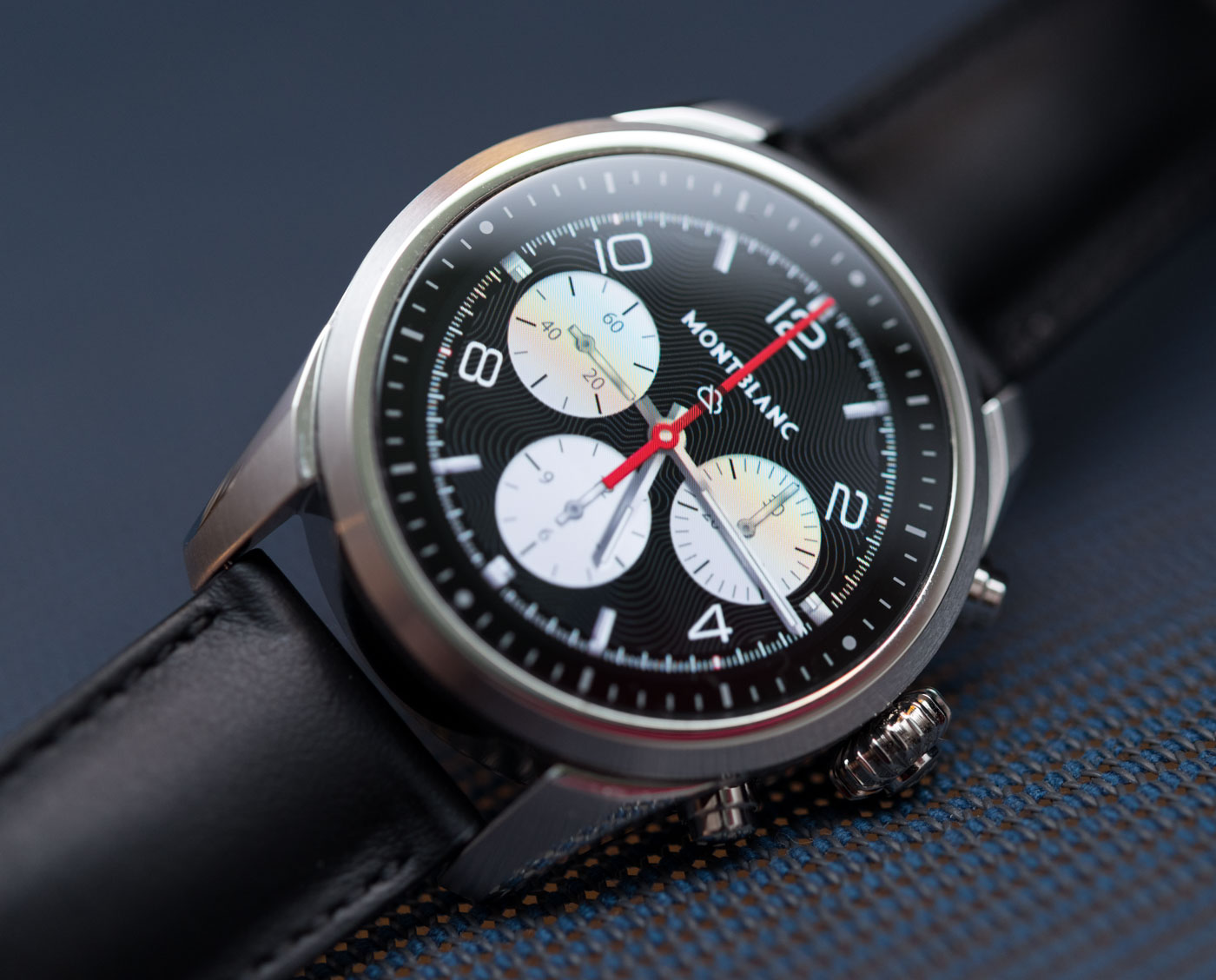
However, if you are interested in a nicer exterior, both Apple and Montblanc are asking you to start spending considerably more. Working with stainless steel is considerably more difficult than it is to machine aluminum, just how I suspect it takes many times the working hours (well, minutes) to create a leather strap as opposed to a molded rubber “band” – not to mention the economies of scale that gets involved. It is here where I should add that while the Samsung Gear S3 had a 316L stainless steel case (communicated everywhere, including prominently on the case-back of the watch), Samsung does no longer officially communicate anywhere that the $329 Galaxy Watch’s case was crafted from stainless steel – even if some sites mention it as such. It will have to be some metal alloy to keep the costs down in this new generation of the Samsung smartwatch.
All this was to say that once you want to leave the inferior softness of aluminum or other alloys for the look, feel and robustness of a properly made stainless steel case, you are spending at least $699-$749 on an Apple Watch Series 4 – those are the base prices for the 40mm and 44mm versions respectively. This leads us to:

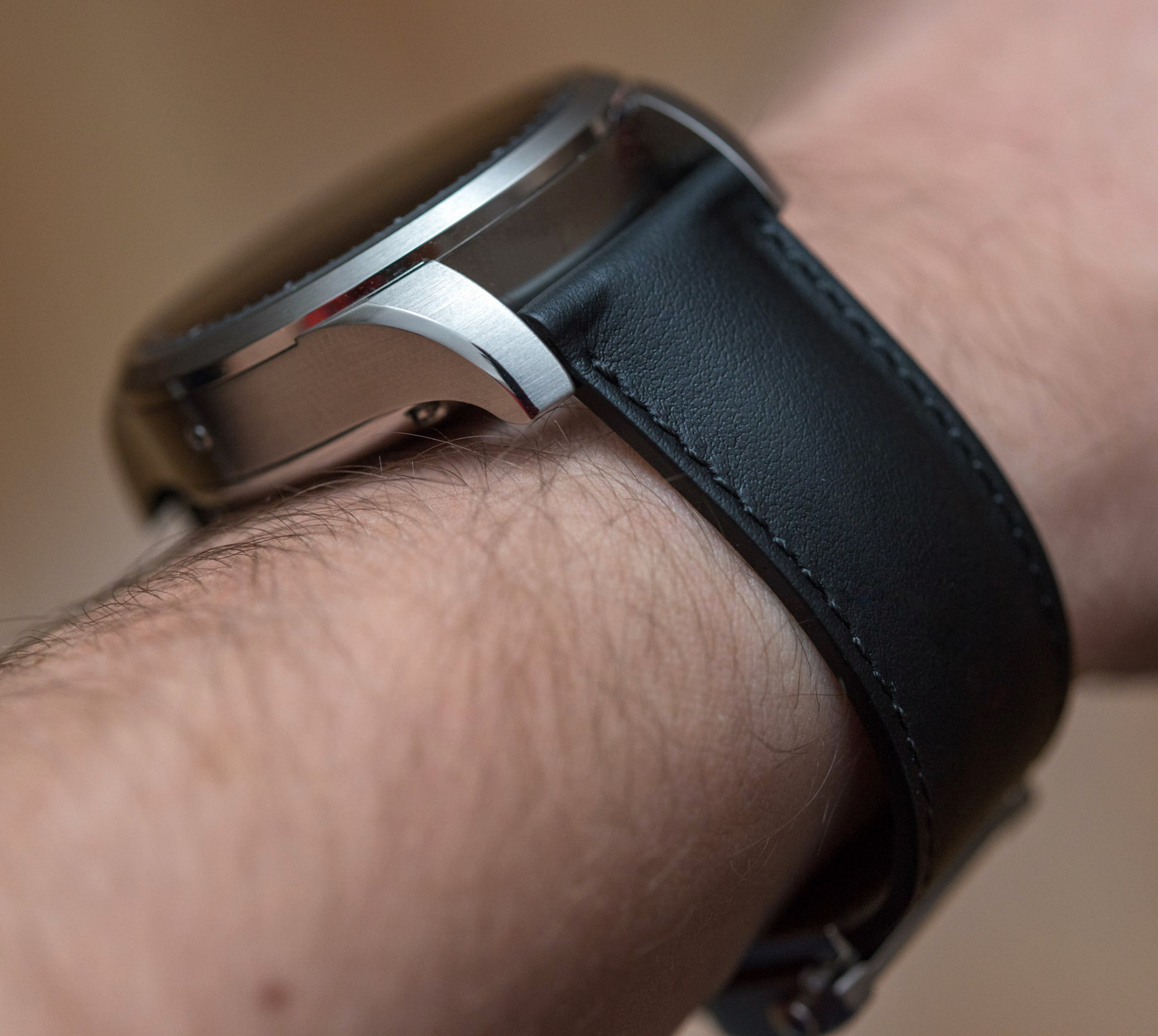
Regular Watch Details We All Can Get Behind
I remember that during the launch of the first generation Montblanc Summit smartwatch Montblanc was really rather vocal about how they were getting all the watchmaking-related details right. The trouble was that neither did the case or clasp look particularly amazing nor was it wearable for those of us who couldn’t start a career as Schwarzenegger wrist-doubles. It was hilariously, laughably oversized: though on paper it was “only” 46 millimeters wide, the lugs were so incredibly long it was one of the most hilariously ill-sized watches I had worn in a long time.
As bad as the Summit I had been, that’s how good the case and overall feel of the Summit II is… And the more context we have, the better it gets. For comparison’s sake, I looked up a $1,000 TAG Heuer Formula 1 (this one, specifically). Now, as much as I like plenty of what TAG Heuer has been up to, that case – filled with a basic dial and even more basic quartz movement – is hardly in the same dimension as the case of the Summit II. I’d recommend that you don’t nurse any illusions with regards to where either of these cases are from, but the quality difference between this smartwatch and the – admittedly cheapest – offering from a major Swiss brand is ginormous.
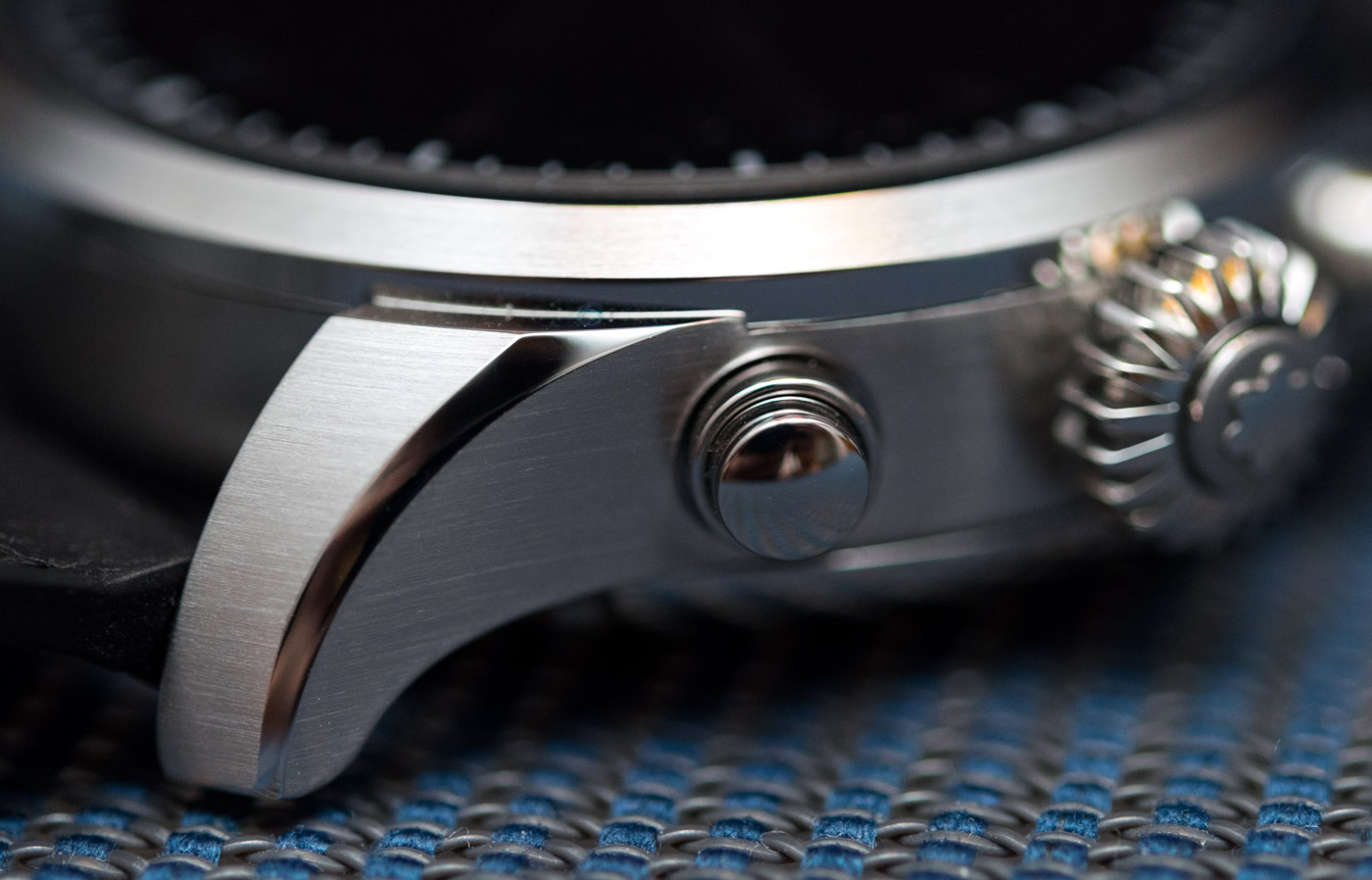
I’ll go out on a limb and say that the stainless steel case of the Montblanc Summit II is among the nicest that one can get in the sub-$1k range (if you have suggestions for this coveted praise, please don’t refrain from posting your alternatives in the comments). The brushed surface on the case band looks refined and well-defined, unlike the mishmash, blurry whatchamacallit surface painfully often displayed on “competitively priced” watches from small and major players alike.
The polished edge on the lugs narrows and has a deep, impressive sheen to it, beautifully complemented by the polished vertical edge on the periphery of the bezel. The fit and finish is spot on too, as the lugs reach over the bezel and wrap it around nicely. This isn’t something you can slap together on the cheap and make it look consistently nice. So, as far as the case is concerned, it is top notch work.

